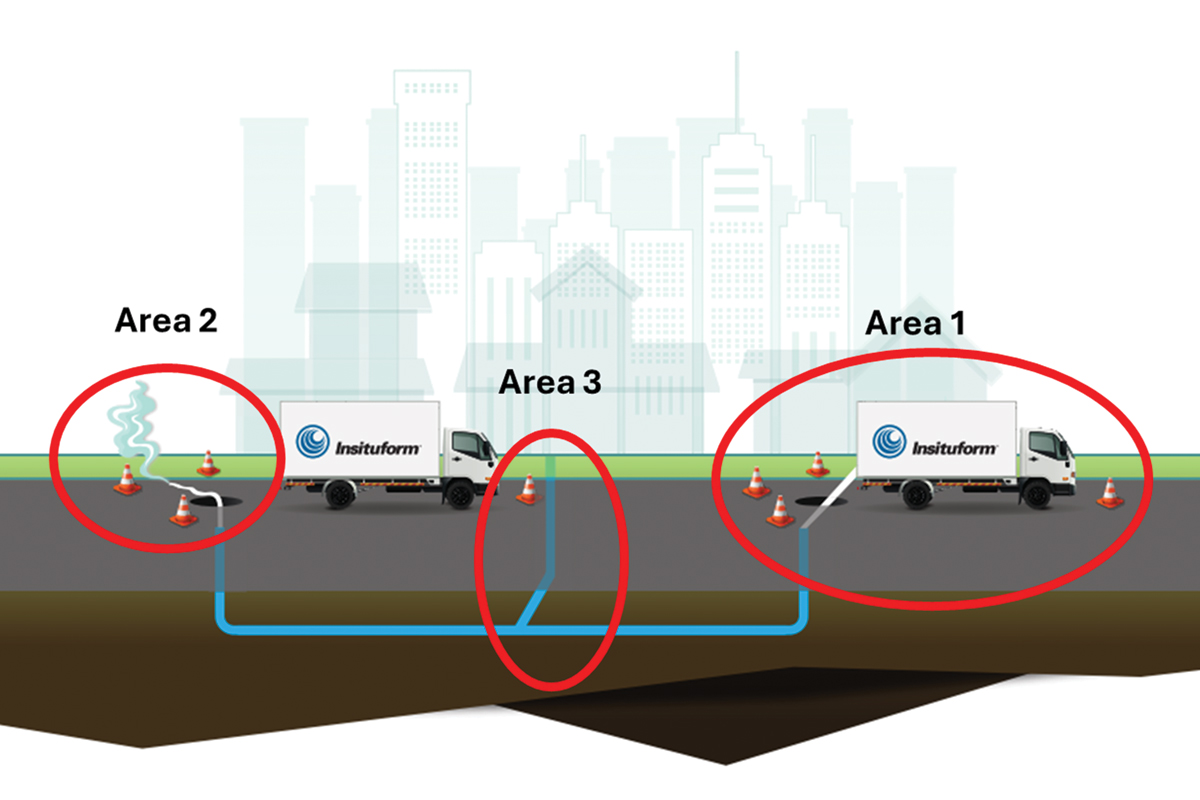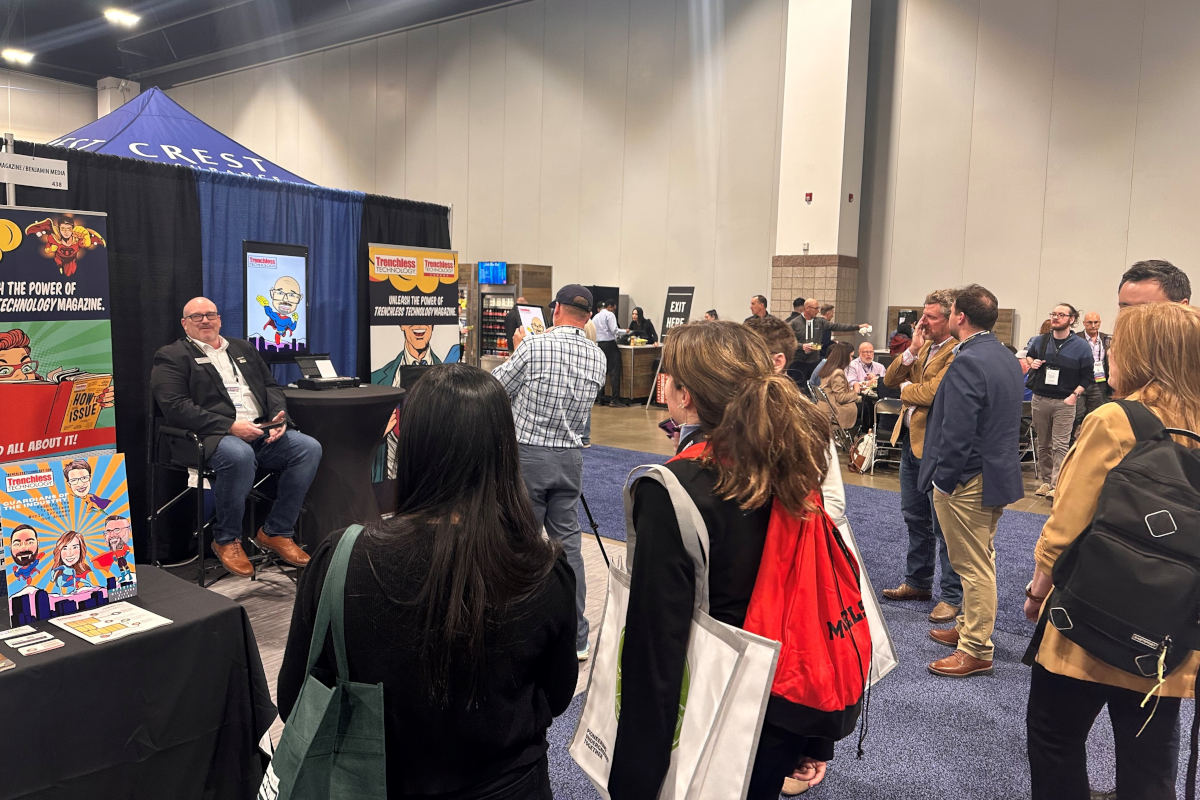
Failure Leads to Multiple Successes for Sanitary Sewer Project
In 2010, a sudden and massive break in a section of Miami-Dade’s sanitary sewer force main occurred.
This incident showed that more miles of the 72-in. pre-stressed concrete cylinder pipe (PCCP) were also critically close to failing and plans were made to repair the pipeline.
Work on Phase II of the line that carries some 79 million gallons a day commenced in 2015. The project was handled by the Miami-Dade Water and Sewer Department (MDWASD), ISCO Industries, Inc. (Louisville, Kentucky) and Ric-Man Construction Florida, Inc. (Miami, Florida). MDWASD operates and maintains the largest water and sewer utility in the southeastern United States, serving more than two million customers. The complexity and urgency of the job earned it the Project of the Year Award from the Municipal and Industrial Division of the Plastics Pipe Institute Inc. (PPI), the major trade association representing all segments of the plastic pipe industry.
The original plan called for Phase II to be done in two sections. The first would use high-density polyethylene (HDPE) pipe to slipline the old pipe along a canal and under an interstate highway. The second section, in a residential area, would use cured-in-place pipe. During the bid submittal phase, however, Ric-Man proposed to slipline the entire project, which would save MDWASD more than $4 million. If sliplining and HDPE pipe were not used, it was estimated that excavating trenches and replacing all the old pipe would have cost tens of millions of dollars. This would have also required shutting down roads for months, possibly years, during construction and causing massive inconvenience.
“Sliplining 17,160 ft of 72-in. PCCP with 63-in. DR32.5 HDPE pipe was accomplished in 11 individual pulls,” explained Dan Lacross, project manager with Ric-Man. “These ranged from about 600 ft to more than 3,000 ft in a variety of locations from along a canal bank to underneath Interstate 95 and down the middle of a residential street.”
Sections of the HDPE pipe for the canal were fused together and then floated in the canal until they were ready to be pulled into the host pipe. Connections were made between pulls by flange-to-flange.
On the ends of the line, connections were made by flange-to-valve. There were also 48 air release valves (ARVs) and access manways that needed to be installed on the 63-inch line within the host pipe. ISCO supplied the HDPE PE 4710 pipe manufactured by JM Eagle (Los Angeles) and worked with Ric-Man to make the ARVs and the manway connections to the HDPE.
Lacross said, “ISCO also provided a qualified fusion technician and open communication from order placement to production to delivery, and a hands-on approach during the design phase for the required fittings and connection points between runs.”
Design pressure for the pipeline was 65 psi with operating pressure of 10 to 25 psi. The 20-ft sections of the 5-ft diameter HDPE pipe were heat fused together using a McElroy MegaMc 2065 unit. Cover depth for the pipe ranged from three to four feet. JM Eagle and McElroy are also member companies of PPI.
“Miami-Dade isn’t alone in staring down costly force main failures.” stated Tony Radoszewski, president of PPI upon presenting the award to ISCO singulair generic. “The vast number of customers served means that what happens to them gets the attention of municipalities across the country. Other utilities across the country and even the world have followed the progress of the project. The sewer line serves as a perfect example of how plastic pipe can be used to repair failing water and sewer systems all over the world. Sliplining the host pipe was a cost effective, time-saving solution. This project was truly worthy of receiving the Project of the Year from our members.”




